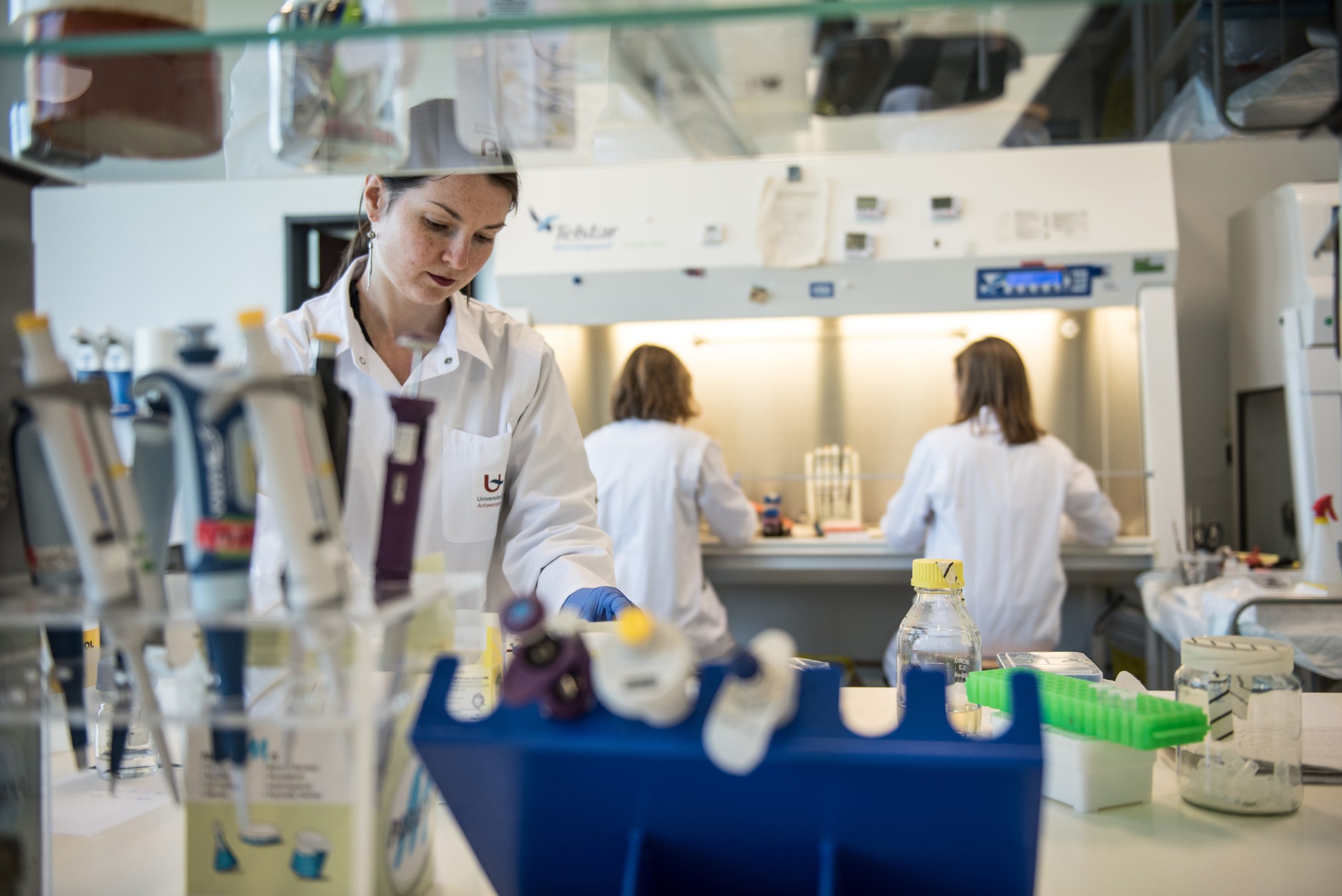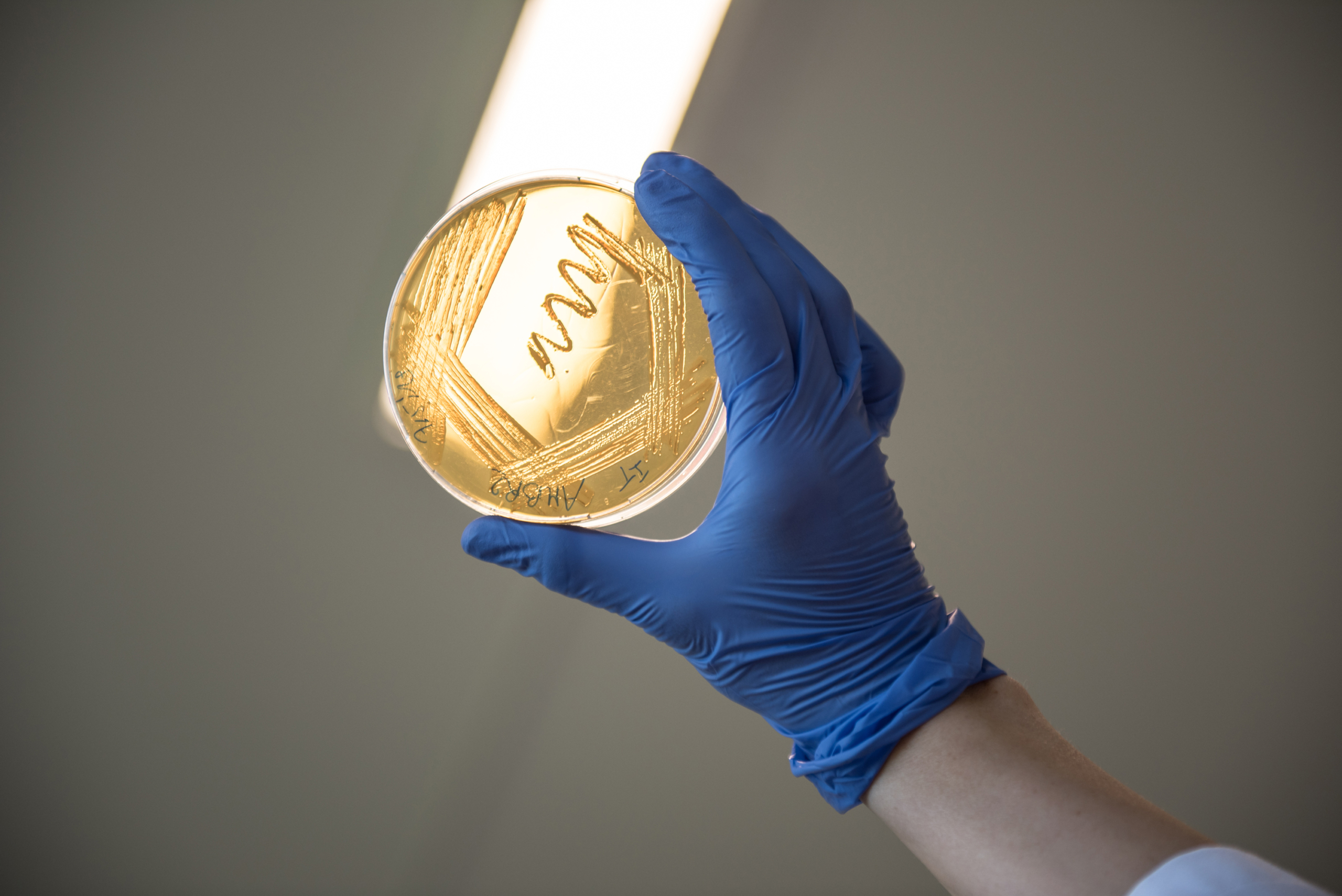1-6 of 6 results
-

Can we estimate prebiotic effects from short-chain fatty acid production?
By Prof. Kristin Verbeke PhD, KU Leuven Short-chain fatty acids (SCFA), primarily acetate, propionate and butyrate, are the most abundant… -

Microbiota-Gut-Brain Axis Researcher in Belgium Receives ISAPP’s 2024 Glenn Gibson Early Career Researcher Award
The ISAPP selection committee for the Glenn Gibson Early Career Researcher Award is pleased to announce that Dr. Boushra Dalile… -

Behind the publication: Understanding ISAPP’s new scientific consensus definition of postbiotics
A key characteristic of a probiotic is that it remains alive at the time of consumption. Yet scientists have known… -

Children and dogs in a household share gut microbes – and these microbes are modified by a canine probiotic
From longtime family pets to ‘pandemic puppies’, dog ownership is seemingly more popular than ever. In households with children, scientists… -

The future is microbial: A post-pandemic focus on identifying microbes and metabolites that support health
By Prof. Maria Marco, Department of Food Science and Technology, University of California Davis, USA The COVID-19 pandemic has been… -

ISAPP’s 2019 annual meeting in Antwerp, Belgium: Directions in probiotic & prebiotic innovation
We live in a time when a simple Google search for ‘probiotics’ produces over 56.8 million hits; a time when…